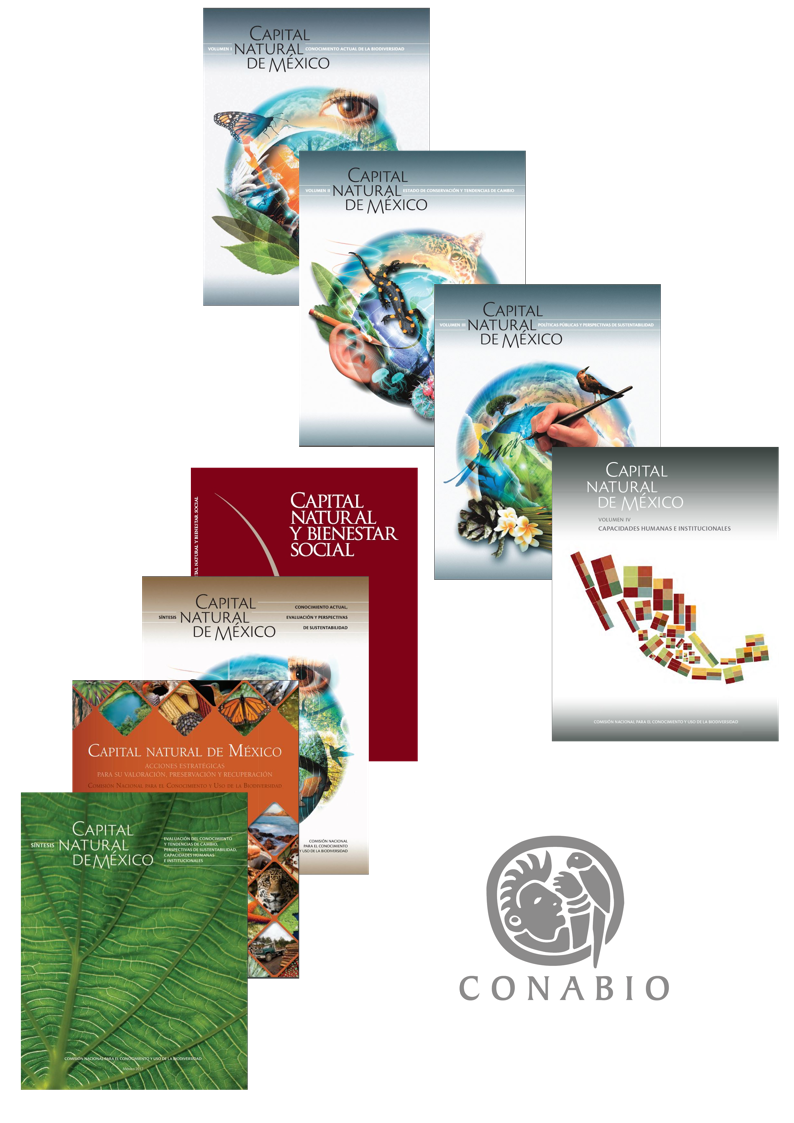Assessment
Natural Capital of Mexico

Several challenges were faced, many of which arose because the authors worked pro-bono and had limited time. Firstly, deadline extensions were common as volume editors, authors and peer reviewers struggled with the initial deadlines. Secondly, many authors did not adhere to format specifications or some were changed to meet the demands of the editor team. Thirdly, there was a heavy workload for a small secretariat, which increased delays in delivering chapters to the editorial teams. Fourthly, data was dispersed in different sources and there was a lack of integrated data information sources (with the exception of the biodiversity data in the National Information System on Biodiversity).
The National Commission for Knowledge and Use of Biodiversity (CONABIO), an inter-ministerial commission of the Mexican government, has the mandate to coordinate this assessment that seeks to compile and analyze knowledge on Mexican biodiversity. It helps Mexico fulfill its commitments under the Convention on Biological Diversity. It will be updated regularly through publications and a web platform that compiles the information from this assessment.
The chapters were written by over 700 authors and were reviewed by external reviewers selected by the coordinator and the volume compilers. The reviewers were selected for their expertise on the subjects addressed in the different chapters (there have been over 120 reviewers so far). The chapters were subsequently revised by the compilers of each volume and the secretariat to make sure all suggestions from the reviewers were considered.
The Natural Capital of Mexico (NCM) assessment addresses the state of knowledge about Mexican biodiversity, its status and trends of change, the impact of public policies, as well as the development of human and institutional capacities. Its approach was inspired by the Millennium Ecosystem Assessment and therefore emphasizes the key role ecosystems play in providing goods and services upon which humanity depends.
NCM is coordinated by the National Commission for Knowledge and Use of Biodiversity (CONABIO) and over 800 experts have contributed either to the chapters or through peer review. NCM is organized into five volumes: current knowledge of biodiversity (2008); state of conservation and trends of change (2009); public policies and perspectives of sustainability (2008); human and institutional capacities (2016); and future scenarios (in preparation). Synthesis reports for decision-makers have also been published (2006, 2009, 2012, 2017).
NCM was the basis for the formulation of Mexico’s National Biodiversity Strategy and Action Plan for 2016-2030, and an online platform to keep data from NCM updated for use as biodiversity indicators is planned.